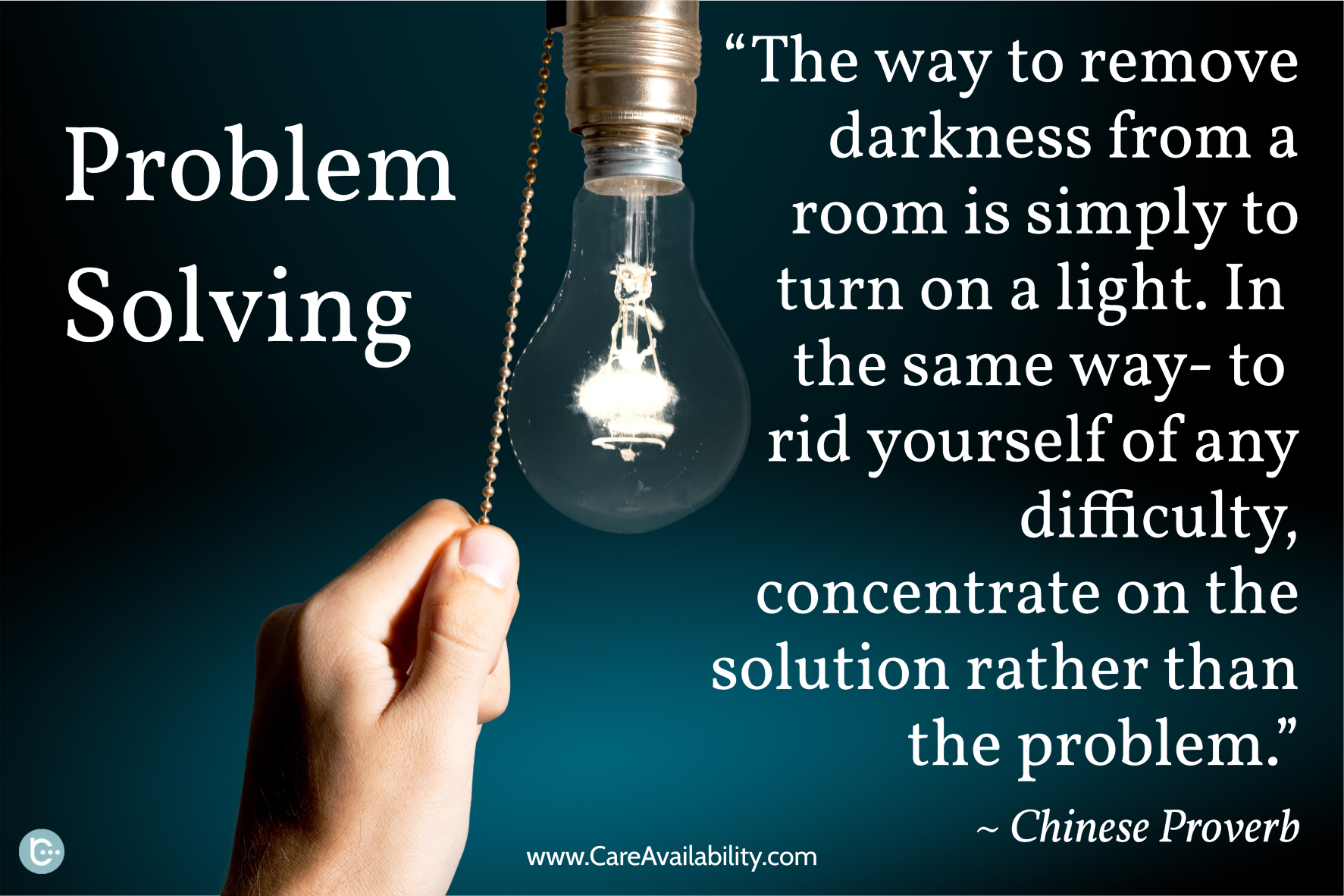A Social Managed Care Plan is an organization that provides the full range of Medicare benefits offered by standard Managed Care Plan’s plus additional services which include care coordination, prescription drug benefits, chronic care benefits covering short term nursing home care, a full range of home and community based services such as homemaker, personal care services, adult day care, respite care, and medical transportation. Other services that may be provided include eyeglasses, hearing aids, and dental benefits. These plans offer the full range of medical benefits that are offered by standard Managed Care Plan’s plus chronic care/ extended care services. Membership offers other health benefits that are not provided through Medicare alone or most other senior health plans.
Current Social Managed Care Plan Sites
There are currently four Social Managed Care Plan’s participating in Medicare and each Social Managed Care Plan has eligibility criteria. These Social Managed Care Plans are located in: Portland, Oregon; Long Beach, California; Brooklyn, New York; and Las Vegas, Nevada. Listed below are the four plans and the criteria for joining each plan.
- Kaiser Permanente, Portland Oregon
The enrollee must be 65 years of age or older, must have Medicare Part A and Part B, must continue to pay the Part B premium and must live in Kaiser Permanente’s Social Managed Care Plan service area. The enrollee cannot have end-stage renal disease, or reside in an institutional setting. In order to receive the long-term care benefit, an expanded care resource coordinator will visit you at home to determine if you qualify for nursing home certification based on criteria established by the State of Oregon Senior and Disabled Services. These criteria may include needing daily ongoing assistance from another person with one of the following activities of daily living: walking or transferring indoors, eating, managing medications, controlling difficult or dangerous behavior, controlling your bowels or bladder, or the need for protection and supervision because of confusion or frailty. - SCAN, Long Beach California
The enrollee must be 65 years of age or older, must have Medicare Part A and Part B, must continue to pay the Part B premium and must live in SCAN’s service area. The enrollee cannot have end-stage renal disease. In addition, in order to receive extended home care services, members must have a Nursing Home Certificate which indicates that the members informal support system , such as a family member or care giver, is not sufficient to keep the member out of a nursing home. - Elderplan, Brooklyn, New York
The enrollee must be 65 years of age or older, must have Medicare Part A and Part B, must continue to pay the Part B premium and must live in Elderplan’s service area. The enrollee cannot have end-stage renal disease. In order to receive chronic care benefits, the enrollee must meet state nursing home certifiable criteria. - Health Plan of Nevada, Las Vegas, Nevada
The enrollee must be at least 65 years of age, or may under 65 if they are disabled. The enrollee must have Medicare Part A and Part B, must continue to pay the Part B premium and must live in Health Plan of Nevada’s service area. The enrollee cannot have end-stage renal disease. For the long-term care benefit, the beneficiary must meet certain criteria based on established medical, psychological, functional, and social criteria as well as needing to be medically necessary.
Your Cost
Each plan has different requirements for premiums. All plans have co-payments for certain services. To obtain cost and benefit information, please visit our Medicare Options Compare tool for specific details. Before making any health plan decisions, you should contact the plan directly using the phone number listed in the site.
Source: Medicare
Copyright © 2008 RetirementConnection.com. All rights reserved.

